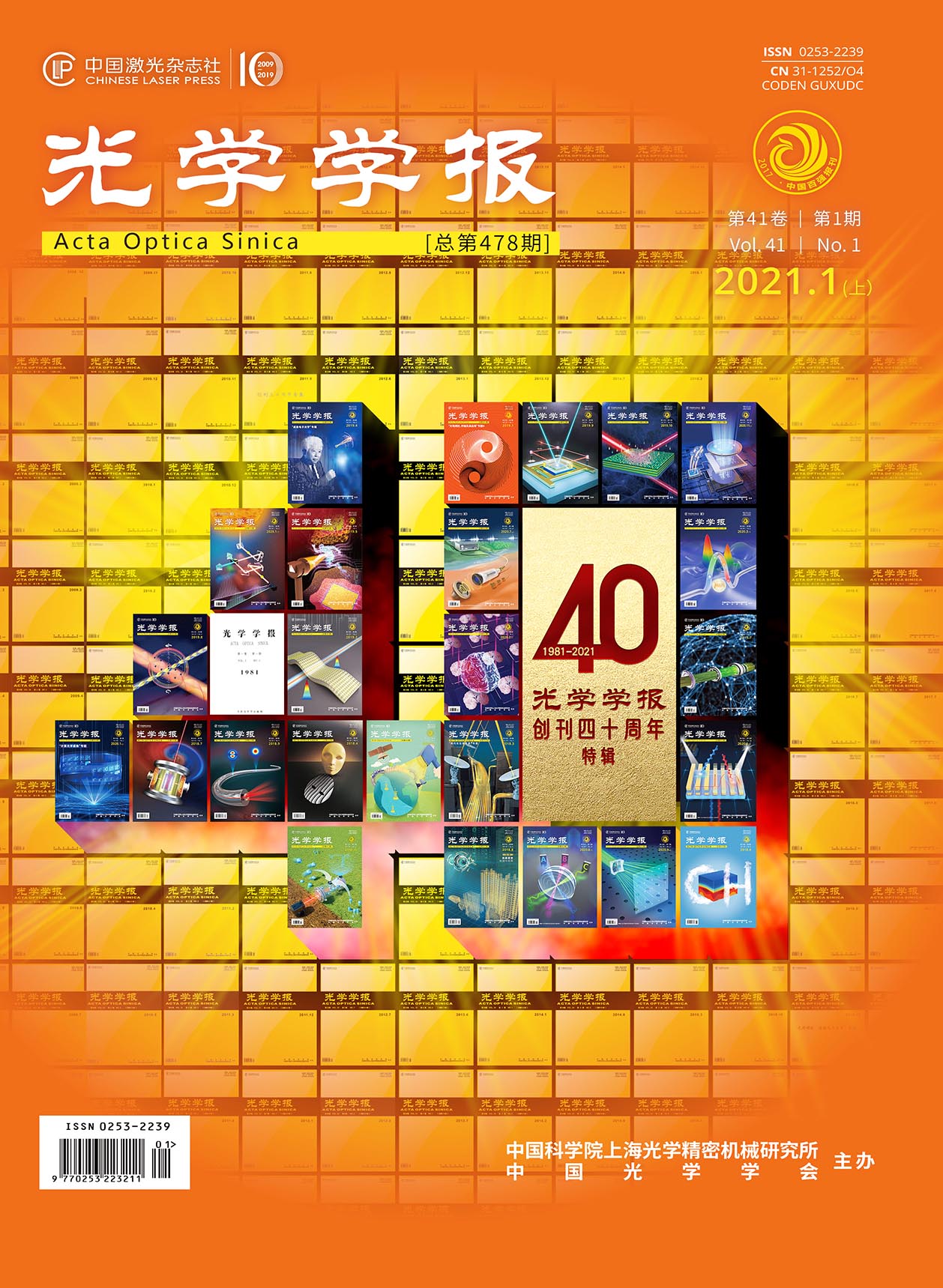
Ca2MgSi2O7∶Ce3+,Tb3+ phosphors were prepared by the sol-gel method, and their structure and optical properties were studied by X-ray diffraction (XRD), fluorescence spectrophotometer, differential termal analysis (DTA) and transmission electron microscopy (TEM) respectively. Excited at the near ultra-violet 331nm light, the emission band consists of five peaks located at 382, 485, 544, 584, 619 nm respectively. The white light can be obtained by mixing the five emission peaks in the single host. Energy transfer exists between Ce3+ and Tb3+, and the energy transfers from the Ce3+ sensitizer to the Tb3+ activator. The emission color can be changed by tuning the concentration of the Ce3+ and Tb3+ in the Ca2MgSi2O7∶Ce3+, Tb3+ phosphors. When the concentration of the Ce3+ and Tb3+ are 0.01 and 0.05 respecttively, the chromaticity coordinate of the phosphor is measured to be (0.31, 0.37), which is close to the coordinate of standard pure white (0.33,0.33). Ca2MgSi2O7∶0.01Ce, 0.05Tb phosphor is a promising single-phased white-light emitting phosphor.
MgZnO thin films with a preferred orientation with the c axis perpendicular to the substrates was prepared on quartz substrates by radio frequency magnetron sputtering. The analysis of X-ray diffraction (XRD) and transmission electron microscope (TEM) indicated that the MgZnO polycrystalline films had hexagonal wurtzite single-phase structure. The TEM image of MgZnO polycrystalline film showed the tendency of layer growth. Sharp absorption edge appeared in the transmittance spectrum of the MgZnO film, the fundamental band gap of the MgZnO film was estimated to be 3.66 eV. The first-order Sellmeier dispersion relationship of MgZnO thin film was achieved by calculating of transmittance spectrum. With the increasing of wavelength, the refractive index decreased. The difference was only 1.6% between the values obtained by calculating and testing.
To improve the ultraviolet-damage threshold of the fused-quartz optics in the high-power laser facility, damage mechanism of the fused-quartz optics is investigated with the beam-transmission theory by analyzing the microscopic configuration of damage which was irradiated hundreds of times with a high-power 351 nm laser. The results show that the subsurface scratch is the mostly important factor that induces ultraviolet damage. It can lower initial damage threshold of fused-quartz optics by several times, even tens of times. The effect of beam diffraction accelerates the damage. Small-scale nonlinear self-focusing is the mostly important body damage mechanism of lens with 40 mm thickness at the end of the final optics. Modulation in the near field of the beam results in high intensity in local area and raises the risk of optics damage. Therefore, it is necessary to reform the processing technologies for the improvement of the damage threshold in the ultraviolet waveband.
The energy band structure, density of states and optical properties of Mg2-xCuxSi(x=0.25) have been calculated systemically by first principle pseudopotential method based on density functional theory (DFT). The calculated results show that Mg2-xCuxSi(x=0.25) is a p-type semiconductor. The major contribution to the valence bands is made by the d states of Cu. The valence bands of Mg2-xCuxSi(x=0.25) are composed of Cu d and Si 3p. The static dielectric constant is 35.85, and the refractive index is 5.99. The electronic structure of Mg2Si can be modulated effectively by adding Cu atoms. The results offer theoretical basis for the design and application of optoelectronic materials of Mg2Si.
Ti4+-doped transparent alumino-silicate glass ceramics containing LiAl5O8 nanocrystals are fabricated by the melt quenching method and subsequent heat treatment. Their transition temperatures, crystallization peak temperatures, absorption spectra, emission spectra are measured, and X-ray diffraction (XRD) patterns are recorded at room temperature. The effect of heat treatment on spectroscopic properties of glass ceramic sample is also discussed. Based on the X-ray diffraction result and the Scherrer equation, the size of LiAl5O8 nanocrystals where Ti4+ ions exist in the coordination field of octahedron is about 44 nm. The result shows that, comparing with as-made glass, the emission intensity of the glass ceramic is obviously increased. Moreover, the chromaticity coordinate of the glass ceramic is measured to be (0.263,0.363) which is close to the white light. The results indicate that Ti4+-doped alumino-silicate glass ceramic is potential materials for white light-emitting diodes (WLED).









